Guest contributor: Lauri Ahtiainen on his Alpine road trip
In the year 2010 I realized a dream. Not any of those unattainable dreams we all have, but a dream nonetheless: I bought my first sports car. Constrained by a student budget and being too sensible, my choice of a car wasn’t any vintage Alfa or Porsche, but a bog-standard early Mazda MX-5. Nevertheless, I felt like a schoolboy on Christmas— which I kind of was, as I was an exchange student at Universität Stuttgart and I chose to buy the car only a few days before the first snow of the season.
Slowly the spring arrived. The Mazda started to do my daily driving duties and occasional drives in the local countryside. Yet something more meaningful was needed to bond with the car: a proper road trip featuring many of the greatest roads built by mankind. Lots of Googling, watching Youtube and countless issues of Evo magazines later the final route was chosen. On the 20th of May 2011 my co-driver and I filled up the small trunk of the Mazda with our camera bags only to realize we had to make a decision between having some clothes or a spare wheel. When was the last time you had a puncture? Exactly.
After a two days’ drive from Stuttgart with a quick overnight stop at Geneva we arrived at Grenoble in France. There lies the northern end of an epic path flowing around the hills all the way from the Mediterranean. It’s officially called the N85, but like most great roads it also has a name: the Route Napoleon. Mr. Bonaparte chose this route on his way back from Elba, but in 1815 he probably couldn’t enjoy the fast nature of this road as much as journalists from Evo (who’ve chosen this particular road to host their many group tests in the past) do. Indeed, with plenty of straights and fast third gear corners it’s probably more suited to the exclusive end of sports cars than an early MX-5, but even with 115 bhp it was damn good fun.
If you’ve got time, there is a really worthwhile stop along the N85. Called Gorges du Verdon, it is a combination of bright blue water, green plants and hard rocks with a tiny road twisting around on both sides of the canyon. It could be from the imagination of a video game designer, but it’s very real. In fact, so real that there is no armco blocking your way to the bottom of the canyon should you make a serious mistake. The road is also full of imperfections, so unless you’re Francois Delecour the road is better taken as a scenic route instead of as driving nirvana.
After sunrise in a small town called La Palud-sur-Verdon the MX-5’s tiny fuel tank was once again filled before heading back to the last leg on the Route Napoleon. The road itself goes all the way down to the coast in Cannes, but unless you’re absolutely sure you enjoy traffic reminiscent of bumper car rides in amusement parks I’d suggest taking a shortcut. We departed the unforgettable N85 in Grasse and took a random combination of roads to Nice, where the traffic for once had calmed down.
Our destination for the night was just a short drive on the Autoroute A8 away, but the day wasn’t over. A sacred piece of road lies just a few hours drive north of Nice. It has some of the most famous hairpin curves in the world and it’s a regular special stage in Monte Carlo Rally: Col de Turini. From a small town of La Bollène-Vésubie to Moulinet it goes like a giant strand of spaghetti thrown from an airplane against the cliffs. I would love to tell you how the road flows through all the bends, but navigating in the mountains and finding the right road without access to the Internet is not an easy task, so I must admit we found our way to Col de Turini at its midway point where road 2566 joins the special stage. It’s a bit of a gutted feeling to realize you were so close yet still missed a legendary road, but to be perfectly honest, most of the mountain passes in the area are all great. Some of the great ones just have a bit more history than the others.
A fitting end to a Rally Monte Carlo-themed day was the descent from the mountains to Monaco itself. An obligatory lap around the Grand Prix track got off to an awesome start when a Bugatti Veyron driver waved me to go before him into the famous tunnel. Moments later the W16 engine took a deep breath and the French supercar gained few hundred meters in the blink of an eye. Not my kind of car, but a truly unforgettable experience. After the tunnel the lap was interrupted by construction work around the harbor area. Unsurprising, as the Formula 1 race was only a few days away.
The next day was an exception to our rule of avoiding highways. Our destination was Modena, and it’s a whole 450 km away. For the first half of the day we stayed on the Italian Autostrada all the way to a town called La Spezia, which conveniently lies on the other side of the Apennine mountains than our destination. Time was running short, so we picked the fastest way through the mountains. As the shape of the Apennines is much softer and milder than the Alps, we got to enjoy nice flowing curves and surprisingly decent average speed. Our great plan was to aim for Maranello, as the home of Ferrari lies on a plain literally a few hundred meters away from the hills. Sadly, once again driving took concentration away from navigation and we missed the town by almost twenty kilometers. On the positive side, we avoided all of the Rosso Corsa-colored, Cavallino Rampante-logoed merchandise so inescapable nowadays.
The problem with staying only two days in Modena is that you need to make some really tough decisions. Which supercar factory do you want to visit? An old friend had kindly booked us a visit to Lamborghini, where a few hours were spent around the Aventador assembly line and in the Lamborghini Museum. After admiring the assembly of the all new 6.5 litre V12 it was time to fire up the trusty straight-four under the aluminium bonnet of the Mazda and continue. We had booked a hostel on the northern part of Lake Garda and time was running short.
Time was running short on our trip too. As the morning cappuccinos were finished in the sunny town of Riva del Garda, we knew this was going to be the last day of mountain passes. It could, possibly, also be the greatest. The roads on the north of Lake Garda gave no reasons to complain, but our minds were already set on the highlight of the whole trip: SS38, also known as the Stelvio Pass. A stunning and demanding road that takes you through countless hairpin curves up to 2757m (9,050 ft) above the sea level. Even during the hottest summer, the sight of snow banks is common, and sadly this year was no exception. Fifty kilometers before the pass a sign on the side of the road declared current conditions: Closed. Road number SS38 lay under two meters of snow, closed for at least another month.
As accommodation had already been booked in Davos, Switzerland, it was an easy decision to take a detour around the Stelvio Pass via another road number, SS41. From there we took a long tunnel to the tax haven Livigno, where the route via Stelvio Pass would also have taken us. The road we ended up driving was much quicker, but not as memorable as the endless row of hairpins often seen on pictures from Stelvio. Even after the disappointment we still had two roads with the promising prefix “Pass” on their name: Bernina Pass right after leaving Livigno, and Flüela Pass that took us to our destination, Davos.
Even though the Berina Pass only rises to 2328m (7,638ft) it was getting rather chilly driving with the top down. On the positive side, the unobstructed view out of a roadster is something you’re really thankful for driving locations like these. Good thing the scenery was breathtaking given that as a driving road, the western side of the Bernina Pass wasn’t really a competitor to the Stelvio.
Davos was getting closer, and road number 27 that we took after Bernina Pass to Süs was an ordinary country road full of traffic. The general feeling was one of contentment, even though the main draw, Stelvio, didn’t work out as we had planned. When turning to Flüela Pass we were already talking about memorable events we had during the trip, just as you might do on a return flight after a holiday. I even had second thoughts about overtaking a slowly-driven Škoda that was blocking the road.
Good thing I decided to leave the Škoda behind, as the warm weather, slowly setting sun and the nature of the Flüela Pass created a perfect canvas of a surprise. I had actually never given any thoughts to why Top Gear’s “Greatest Driving Road in the World” episode said “From Davos to Stelvio” because I always assumed the fun parts lie on the Italian side of the border. Well, this time the Swiss really didn’t disappoint. After a brief phase through an area full of pine trees we ascended steadily higher and finally left all of the woods behind.
Just as the sunlight turned a beautiful golden colour we arrived to a deserted valley in the middle of nowhere. Between two massive slopes there were only two twisty lines through the rocks and green fields: a small river and a black curvy road. Great visibility, impeccably smooth tarmac, and an exciting combination of fast curves created a different rhythm to most other passes around the area. As a driving road it’s more suited for an Italian supercar than an Impreza or an Evo, but it also worked superbly with an MX-5. Quick curves meant we could keep up the speed, only slowing down to admire the views and take some pictures.
Maybe the Flüela Pass felt so great because we didn’t have any expectations and great weather helped to create a perfect atmosphere for an unforgettable driving experience. After the Route Napoleon, roads around Gorges du Verdon, the mighty Col de Turini and countless great roads on the Apennine mountains it was the Flüela that stood out. When we finally arrived to the horribly expensive and deserted city of Davos we had totally forgotten the disappointment of missing out on the Stelvio Pass.
Next morning, as our minds were still processing all the great moments we had, we woke up to the first rainy day of the trip and drove back to Stuttgart. The little Mazda had taken an awful amount of punishment through very demanding roads and all it ever asked for was more fuel. What an unforgettable way to get to know your own car. 
Images © Lauri Ahtiainen
See more of Lauri’s photography here.











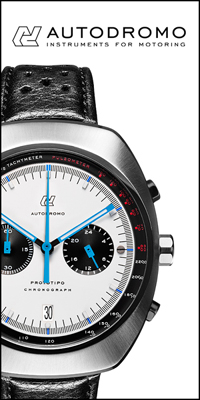


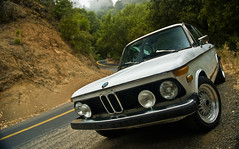
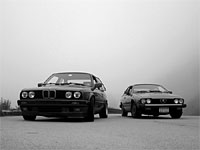
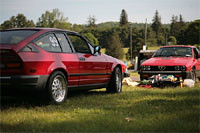
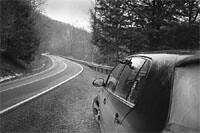





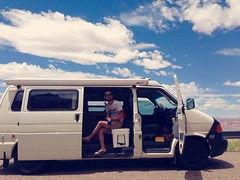
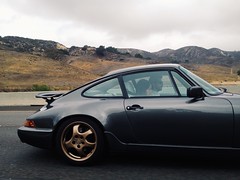
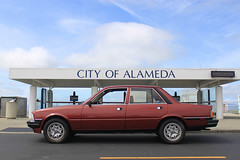
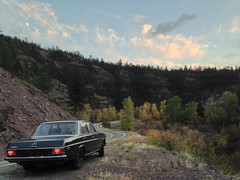

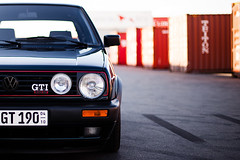

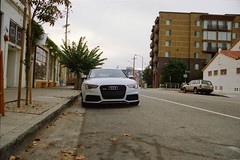
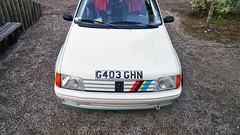
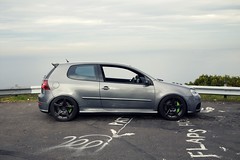

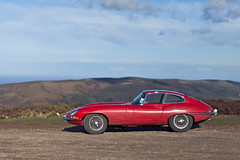
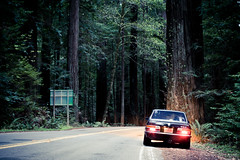
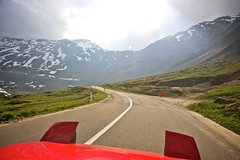

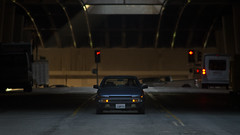




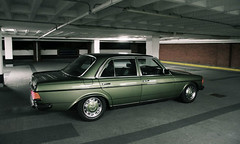
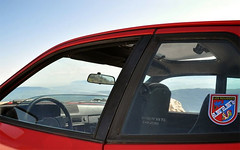
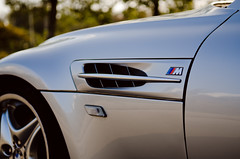
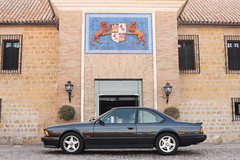


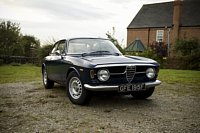
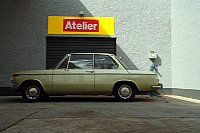


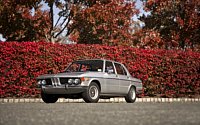

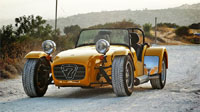



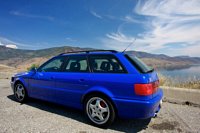
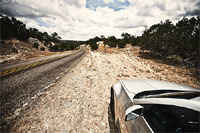
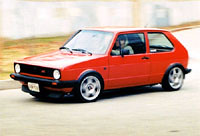
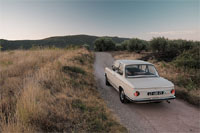

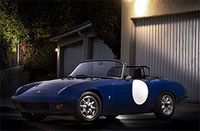

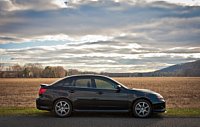

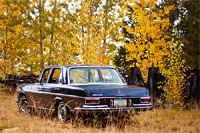
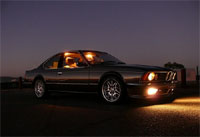
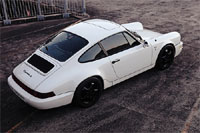
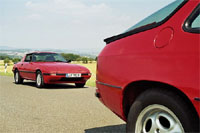

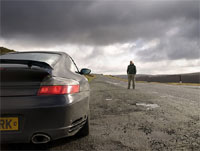
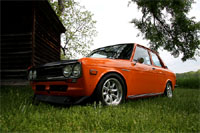
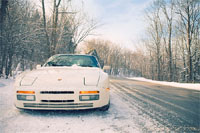
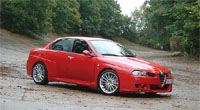



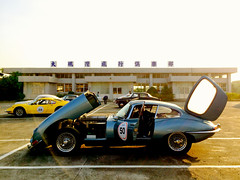
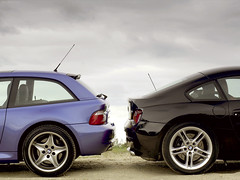
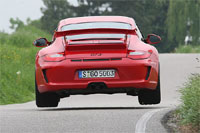
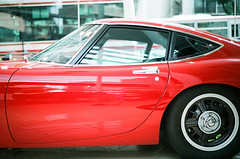

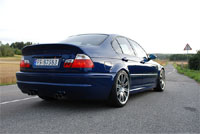
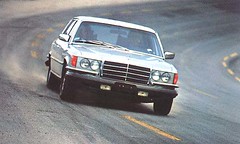
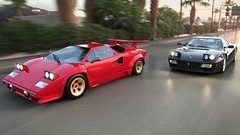
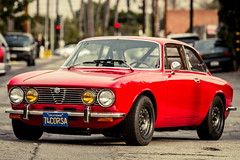


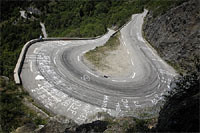
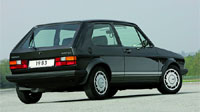

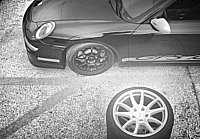
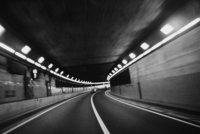


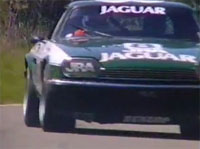
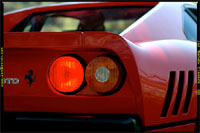

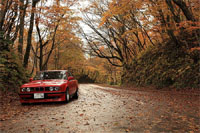
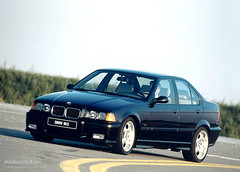


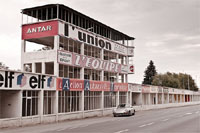




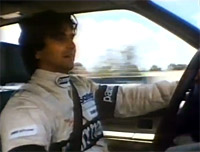
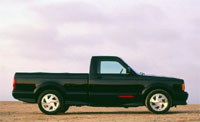
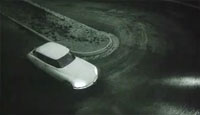

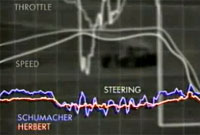
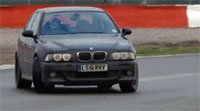
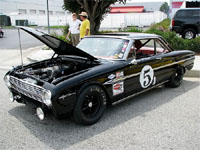



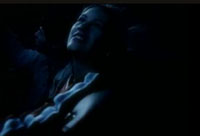
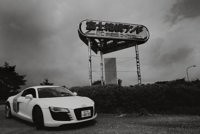
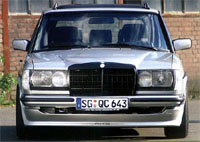
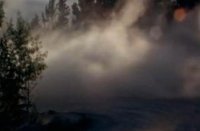


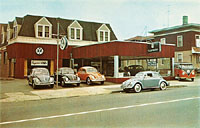


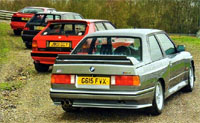


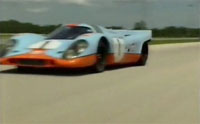

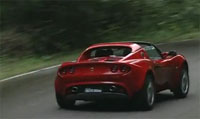
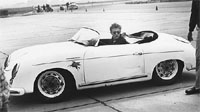

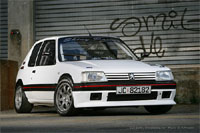
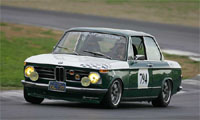

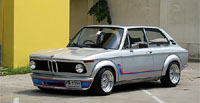

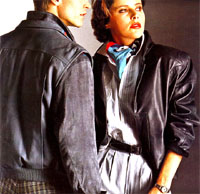
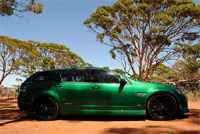
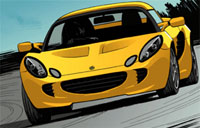

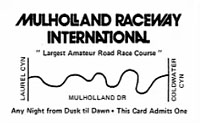
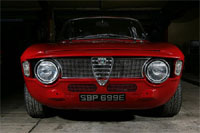
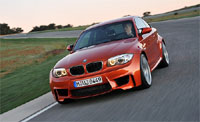
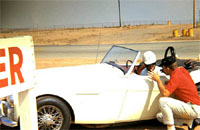
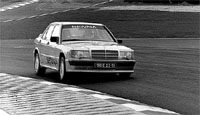
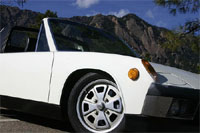
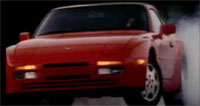
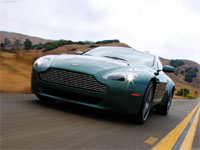
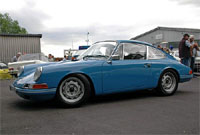

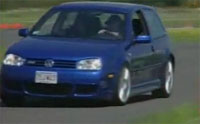
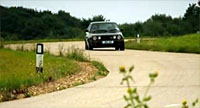

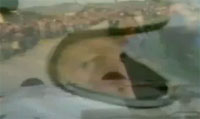


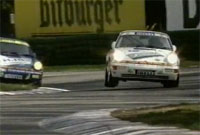
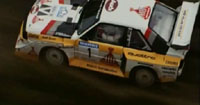
What a great trip, Lauri! Thanks for sharing the experience with us.
brennerl said this on April 5, 2013 at 8:46 am
Absolutely epic. I will save this and replicate your roadtrip…someday.
kidrod said this on April 5, 2013 at 7:20 pm
Thanks! This roadtrip was inspired by many great texts, and if I managed to inspire some of you to do something similar then I’m very happy.
Lauri Ahtiainen said this on April 6, 2013 at 6:39 am
I have driven those roads, Col de Turini included and I hope I am lucky enough both to repeat and next time share it with someone next time. Driving through all of Switzerland’s mountain passes (about 1600km / 1000 miles) in two days of non-stop driving was one of the highlights of my trip.
Oh, and let me tell you. The Stelvio pass was certainly a bit of a disappointment, as so many hairpins become boring after a while and don’t have the rhythm of Fluela, that you have so rightfully described.
Next time don’t forget Klausenpass too! It almost made me cry of how breathtakingly beautiful it was. And has some interesting racing history too! Check your old EVOs on a test drive here with the Lotus 340R 😉
Jorge Azcoitia said this on April 6, 2013 at 6:48 am
Klausenpass looks truly beautiful, I didn’t remember the 340R test was done on that road. Definitely on my to-do list now!
Lauri Ahtiainen said this on April 6, 2013 at 12:18 pm
Great stuff, would love to do this one day. Thanks for sharing.
Vic@SuperNinety said this on April 6, 2013 at 2:30 pm
This is a beautiful road trip. I would love to do this one day. Currently I’m on a road trip of my own. I’m on Route 66 doing the route with a 1957 Chevy. I have to say it’s been a great time so far!
Andrew said this on April 11, 2013 at 8:27 am
Awesome!
I just had to delay a planned European trip, but do want to ask your opinion on one item. For a trip where the driving is part of the goal, and without too much avoiding the autobahns, how far is reasonable for a daily drive in Europe?
In the US, I’ve been known to do 12 hour driving days, on the order of 750 miles. Is that insane to plan on in Germany and surrounding countries?
Thanks!
Dan Leinbach said this on April 11, 2013 at 8:48 am
Thanks for comments! Daily drive depends quite a lot on where you’re driving, but outside Autobahns and other motorways 750 miles on 12 hours is rather lot. Speedlimit outside urban areas is 62mph in Germany and France for example, and on some country roads it’s totally realistic to reach average speed of 60mph and pretty long daily journeys are totally possible.
On the mountains it is a bit different story, even if the speedlimit is still the same. Without a world rally car it’s pretty impossible to reach 62mph average speed on a road like Stelvio Pass, so they take a lot of time. At least older sat. navs still calculated the estimated time using the 62mph limit…
On this roadtrip the daily average was somewhere around 200-250 miles per day. We could sleep a bit longer, eat better and stop whenever we encountered a beautiful view or nice looking cafe.
So it depends on quite a lot what you want to do. Our goal was to enjoy the trip rather than the destination, and for that 250miles per day was perfect. On the other hand, if you just want to go from a place A to place B something like 500 miles per day is totally okay on a motorway, but you’re going to spend most of the day behind the wheel on a rather dull road.
More than that is entirely possible, but it might depend on traffic conditions. Last summer I drove Peugeot 406 Coupe through whole Germany (From Stuttgart to Sweden actually), and my average speed in Germany was 50mph, despite of staying on the Autobahn and doing 110-120mph whenever possible. There was just a way too much traffic. If you have some more questions, please ask! I’m glad to help 🙂
lahtiain said this on April 12, 2013 at 8:06 am
[…] Know, Friends of Hooniverse [Disclaimer: This piece was written by Lauri Ahtiainen, of recent Motoring Con Brio fame. He drives a red Miata and a bunch of Peugeot 406:s. -Antti] As black four door Mercs with inline […]
Seen in a parking garage: 1990 Mercedes-Benz 190E 2.5-16 Evolution II | Hooniverse said this on May 3, 2013 at 3:05 pm
[…] You can read Lauri Ahtiainen’s alpine road trip article here: https://motoringconbrio.com/2013/04/05/guest-contributor-lauri-ahtiainen-on-his-alpine-road-trip/ […]
Excellent trip report from Lauri Ahtiainen « Road Travel Club said this on May 18, 2013 at 7:12 am
[…] is a recurring contributor to Motoring Con […]
Guest contributor: Lauri Ahtiainen on the 1979 Lotus Esprit S2 | . . . said this on July 5, 2013 at 12:00 am
[…] 2011 Mazdan keula suuntasi kohti Geneveä, josta alkoi muutaman tuhannen kilometrin roadtrip pitkin Alppiseutujen parhaita ajoteitä. Kovasta yrityksestä huolimatta Mazda selviytyi puhtain paperein läpi Route Napoleonin ja Col […]
Harrasteautona Mazda MX-5 (NA) | Ajakaamme.net said this on December 13, 2013 at 4:06 am